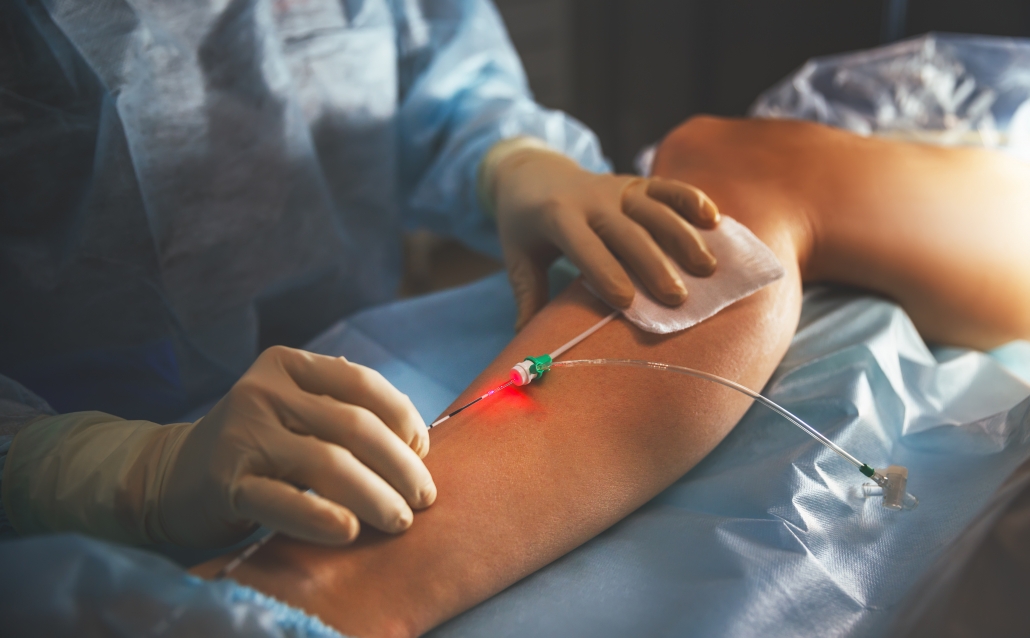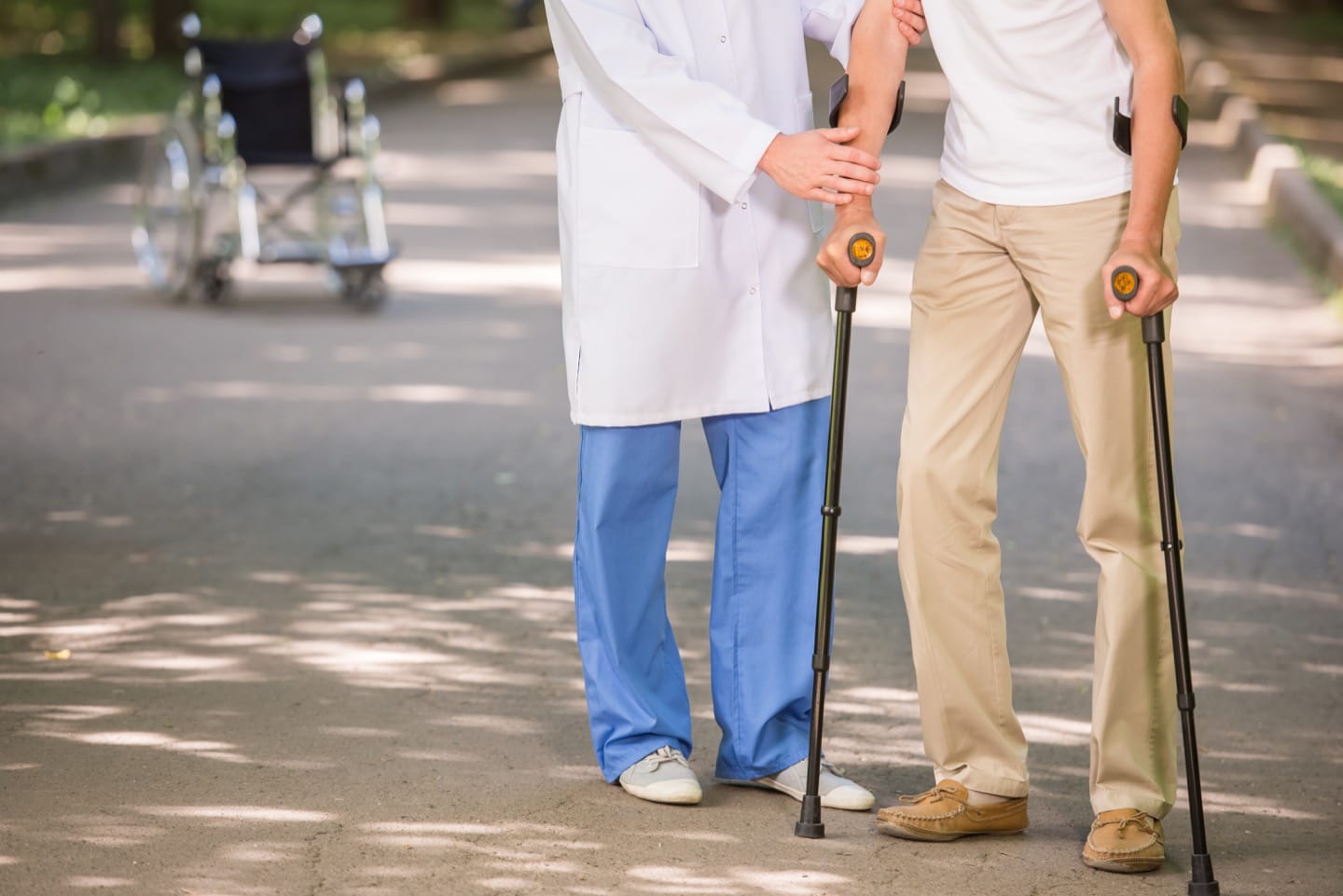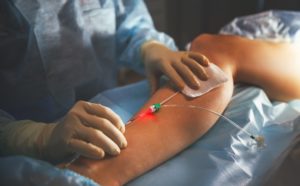Laser Vein Ablation for Varicose Veins: What is it?
Nisha Bunke2021-12-31T13:36:01-08:00Laser Vein Ablation Uses Heat to Treat the Underlying Cause for Varicose Veins
Laser vein ablation, also known as endovenous laser therapy (EVLA), is a type of treatment for saphenous vein reflux, the underlying cause of most varicose veins. At La Jolla Vein Care, we offer ALL treatment modalities for varicose veins, not just one. Treatment is customized based on a person’s individual pattern of venous reflux (determined by ultrasound examination), personal preference, and personal health history.
The laser vein ablation procedure may be offered for backward flow (or “reflux”) in your saphenous vein(s). The great and small saphenous veins are the two main superficial veins that run along the inner thigh/ calf and the back of the legs, respectively. Some people have anatomic variations where the small saphenous vein in the back of the calf extends to the thigh. Many people also have reflux in their anterior or posterior saphenous veins.
This minimally invasive procedure can be performed in the office in less than 30 minutes and patients return to their usual level of activity the same day.
How does the treatment work?
The skin is numbed with lidocaine, then a tiny wire and catheter are inserted into the vein. The catheter delivers laser energy to the vein wall, causing it to seal shut. The remaining healthy veins continue to bring blood back to the heart.

What should I expect on the day of treatment?
The procedure is performed with local anesthesia but many patients elect to use a mild oral sedative (Valium), which is typically taken at check-in. Your leg will be prepped for the sterile procedure, then the doctor will perform an ultrasound to localize the vein. Through a tiny puncture in the skin, the radiofrequency catheter is passed through the vein under ultrasound guidance. We then use a needle to administer a combination of cool saline and local anesthetic around the vein. This solution numbs the vein and insulates it from the surrounding tissue. Your doctor will then treat the vein painlessly with laser energy. Once your vein has been treated, we will help you in to your compression stocking, which you will wear for 72 hours continuously. You will walk for 30 minutes prior to getting in your car.
What should I do after treatment?
You should walk 30 minutes twice daily after treatment. This will alleviate discomfort and avoid the pooling of blood in the legs. It is normal to have aching in the treated veins. This response is well to walking, ice packs, and anti-inflammatory medications such as ibuprofen (Advil®, Motrin®) and naproxen (Aleve®).
What should I avoid after treatment?
For at least two weeks after treatment, you should avoid air travel, strenuous exercise (anything more than a brisk walk), heavy lifting, saunas or hot tubs, and leg massages. All of these dilate the superficial veins and interfere with their healing.
What are the possible adverse effects?
Expect some bruising over the injection sites, which fades over about two weeks. The skin overlying larger varicose veins may also develop some temporary
inflammation and/or brown “hyperpigmentation” as the blood products within those veins are absorbed by the body.
Less common compilations (less than 2% of patients) include clots within the deep veins or a temporary area of skin numbness over a branch of a skin nerve that travels close to a vein.





